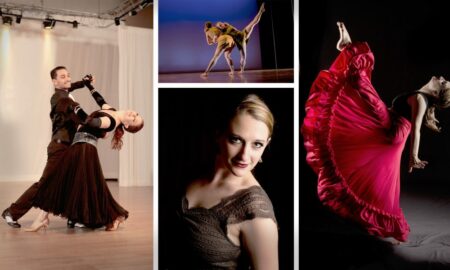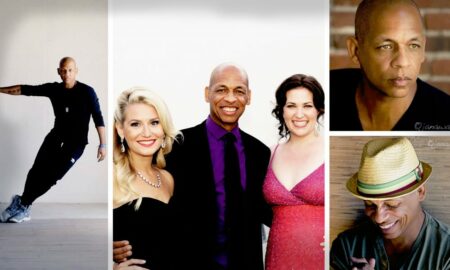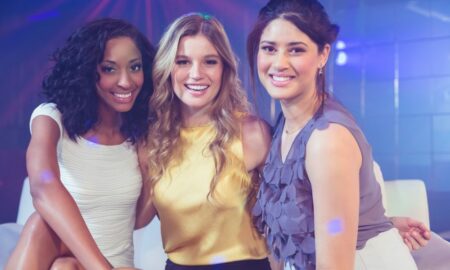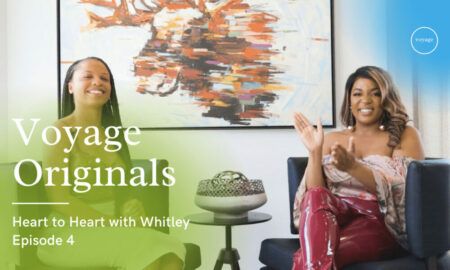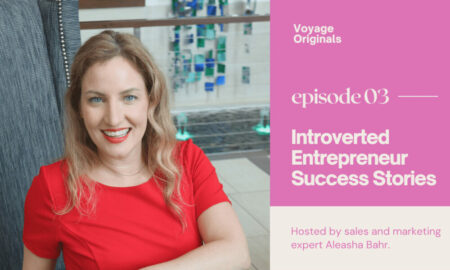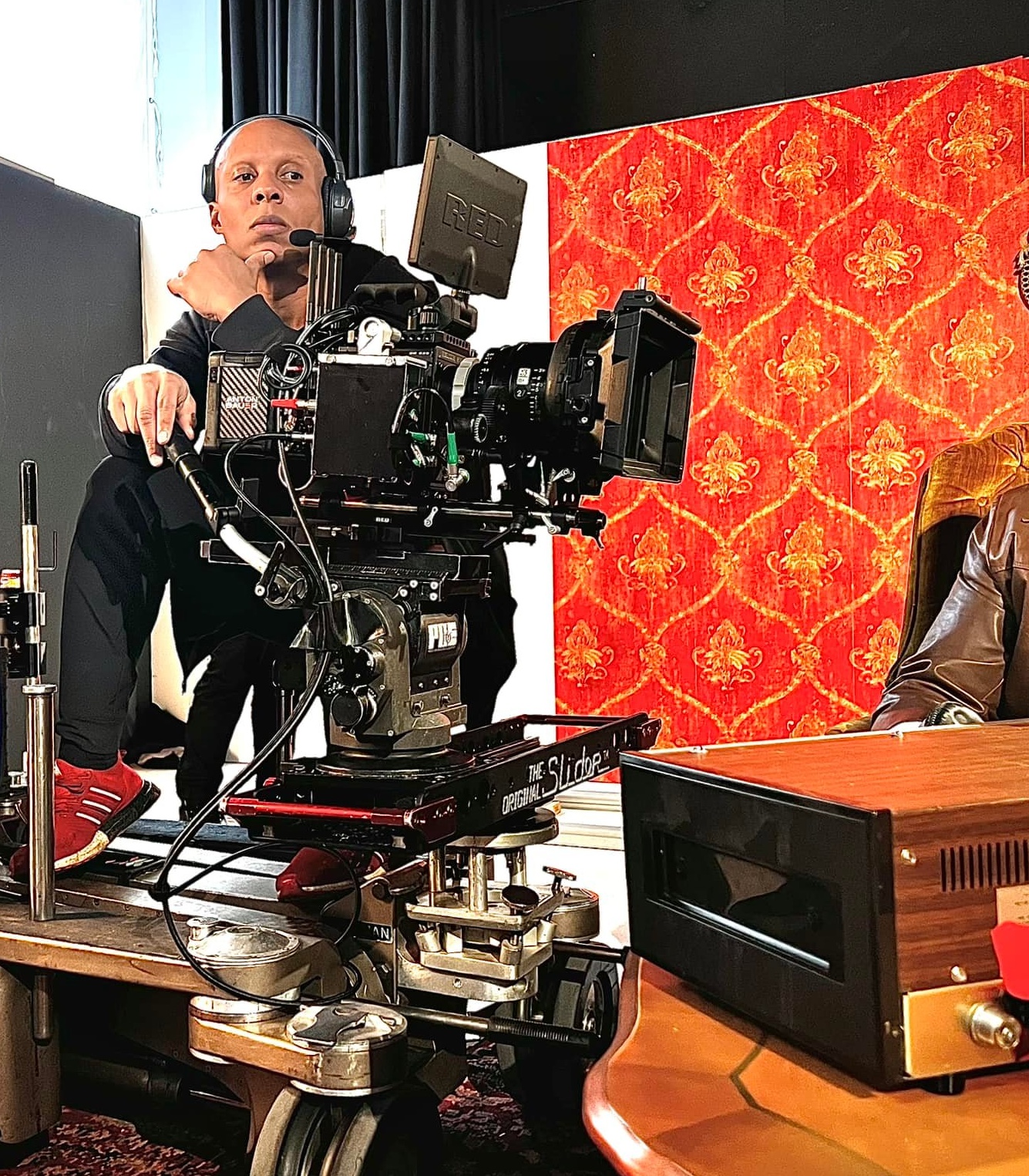

Today we’d like to introduce you to Brian Bradley.
Hi Brian, we’d love for you to start by introducing yourself.
I began my film journey in Oakland, CA, after attending film school. I worked as an in-house videographer for companies like Google, Salesforce, and Apple. During my time at Google, I developed a desire for something more creative than just filming interviews. I hired a life coach, and one of the first things I told him was, “I know I’m meant for something greater than just filming interviews. I want to win an Oscar.” He smiled and replied, “You have 90 days to move across the country to Atlanta, meet the right people, and start making movies.”
Since this was during the tail end of COVID, which lasted about three years in California, Atlanta was the only film production city that was open. He then said, “Brian, if you don’t do this, I’m keeping the $12,000 you paid me, canceling your remaining sessions, and there will be no refund.” So, I moved to Atlanta without knowing anyone. Like many journeys in life, my experience didn’t go exactly as planned. Although I wasn’t working initially, I refused to let that discourage me. Instead, I became a relentless student of the art and science of cinematography.
I read interviews about the making of movies that inspired me and rewatched those films 2-3 times. I discovered a newfound appreciation for paintings, particularly those by Renaissance artists like Caravaggio. Studying these painters taught me about where light should be placed to direct a viewer’s eye in a frame, and more importantly, where it shouldn’t be. Once I felt confident in my skills, I pitched myself to every director and producer who would listen. In many cases, I even traveled to cities like Minneapolis, Dallas, Memphis, and Washington, DC, to cut my teeth shooting projects and gather enough content to create a demo reel that showcased who I had become as a visual storyteller.
Would you say it’s been a smooth road, and if not what are some of the biggest challenges you’ve faced along the way?
My story is similar to many others who chase after their dreams. I faced numerous obstacles and setbacks. One key lesson I learned while working in the Atlanta market is that everyone’s glass ceiling is different. The work practices of some may not align with your own values and procedures. In those situations, it’s best to decline the project. Focus on finding your tribe, stories that resonate with you, and subject matters you’re willing to explore. Most importantly, don’t compromise your values just to get on a project. I always say that working as a freelancer in an industry built on collaboration is like dating—you should stay true to your principles and not settle.
Thanks for sharing that. So, maybe next you can tell us a bit more about your work?
I firmly believe that what sets me apart from other cinematographers is my unique approach to storytelling. When creating images, I believe my work should never adopt a one-size-fits-all mentality. I strive to avoid a monochromatic look where every moment in the story looks the same. Instead, my approach emphasizes what I call “Visual Punctuation.” The aesthetics of my work evolve as we uncover a character’s strengths and weaknesses. Even though the visual style may change, it always aligns with and serves the story first.
As a Cinematographer, I primarily work on filming narrative features, but I have recently started branching into advertising commercials. My job as a Cinematographer is to aid the Director by helping him/her visually paint the world of the story. I seek out projects that allow me to tell a story using light and shadows, whether it’s a thirty-second advertising campaign or a ninety-minute film. My God-Given-Talent lies in visually shaping images that engage with audiences, encouraging them to care, rationalize, and reflect on what they see on the screen.
Additionally, for some of the films, I also work as a Colorist. After the film has been edited and the picture is locked, it is handed over to a Colorist. The Colorist’s job is to enhance the film by adjusting colors, saturation, and contrast in the final edited movie, giving the film a stylized look that further enriches the look and the tone of the story. Whether the director desires a hyper-stylized aesthetic like that of the “John Wick” franchise, or something more traditional, visually akin to a Spike Lee film, I’m looking to enhance the look and serve the story.
Risk taking is a topic that people have widely differing views on – we’d love to hear your thoughts.
I wouldn’t consider this a risk, but rather a bold choice. Most cinematographers working on movies and advertising commercials tend to use one of two leading major camera brands. While it’s important to choose a camera system that meets streaming network requirements, which my camera does meet all the network requirements. I believe that using one of the two lead industry-standard cameras does not automatically guarantee high-quality results.
Though I sometimes receive some pushback regarding my camera choice, it usually occurs only after clients have reviewed my work, agreed to a meeting, and then asked about my camera preferences out of formality during the interview process. I’ve never encountered a situation where someone questioned the quality of my images based on the camera I used.
I use my chosen camera because I love the workflow, and using my camrea. I have mastered the art of crafting bold images and if that makes me a risk taker than I’ll take it.
Contact Info:
- Instagram: https://www.instagram.com/brianbradley_dop/
- Other: https://vimeo.com/user233481569?fl=pl&fe=by
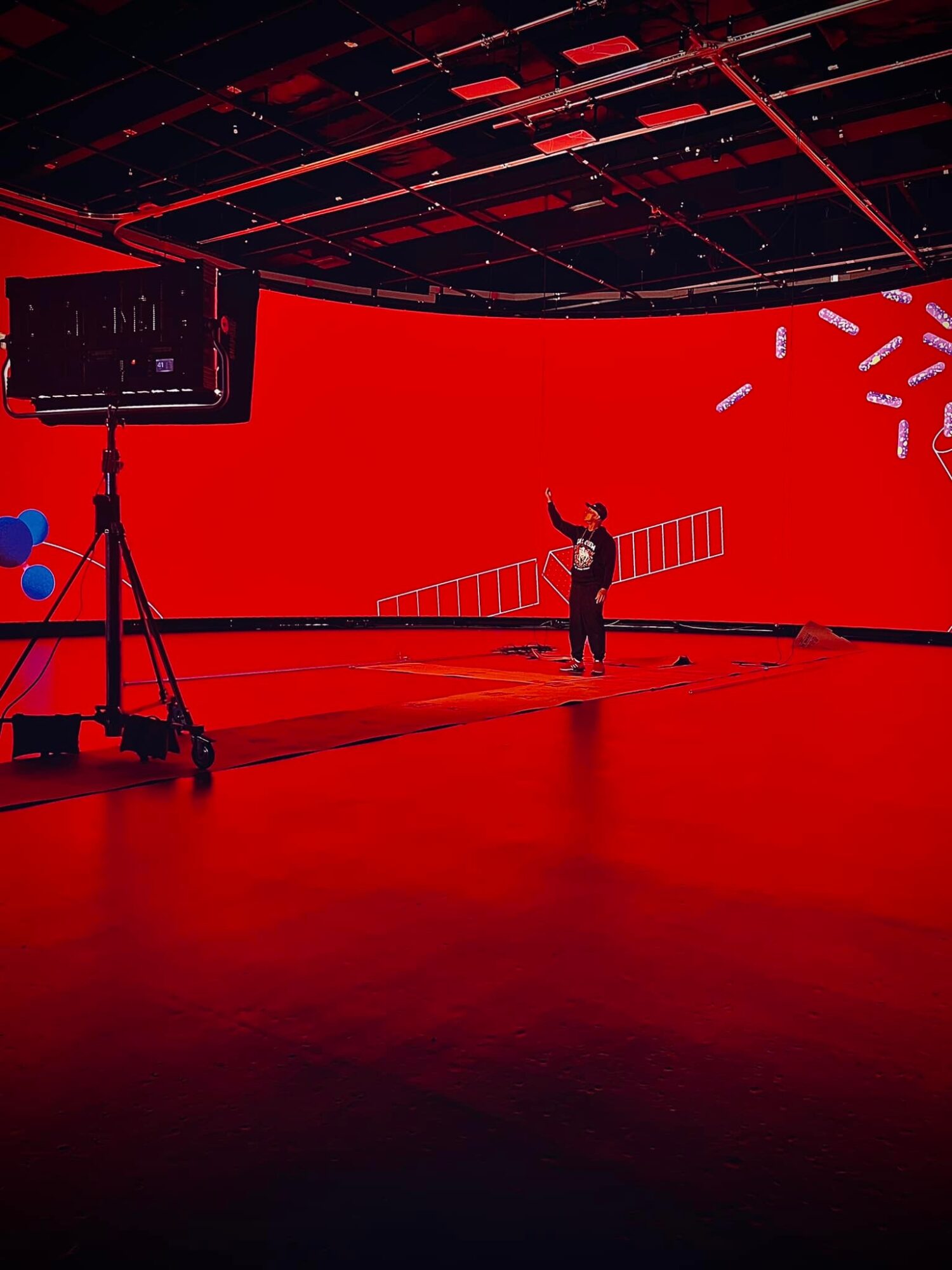
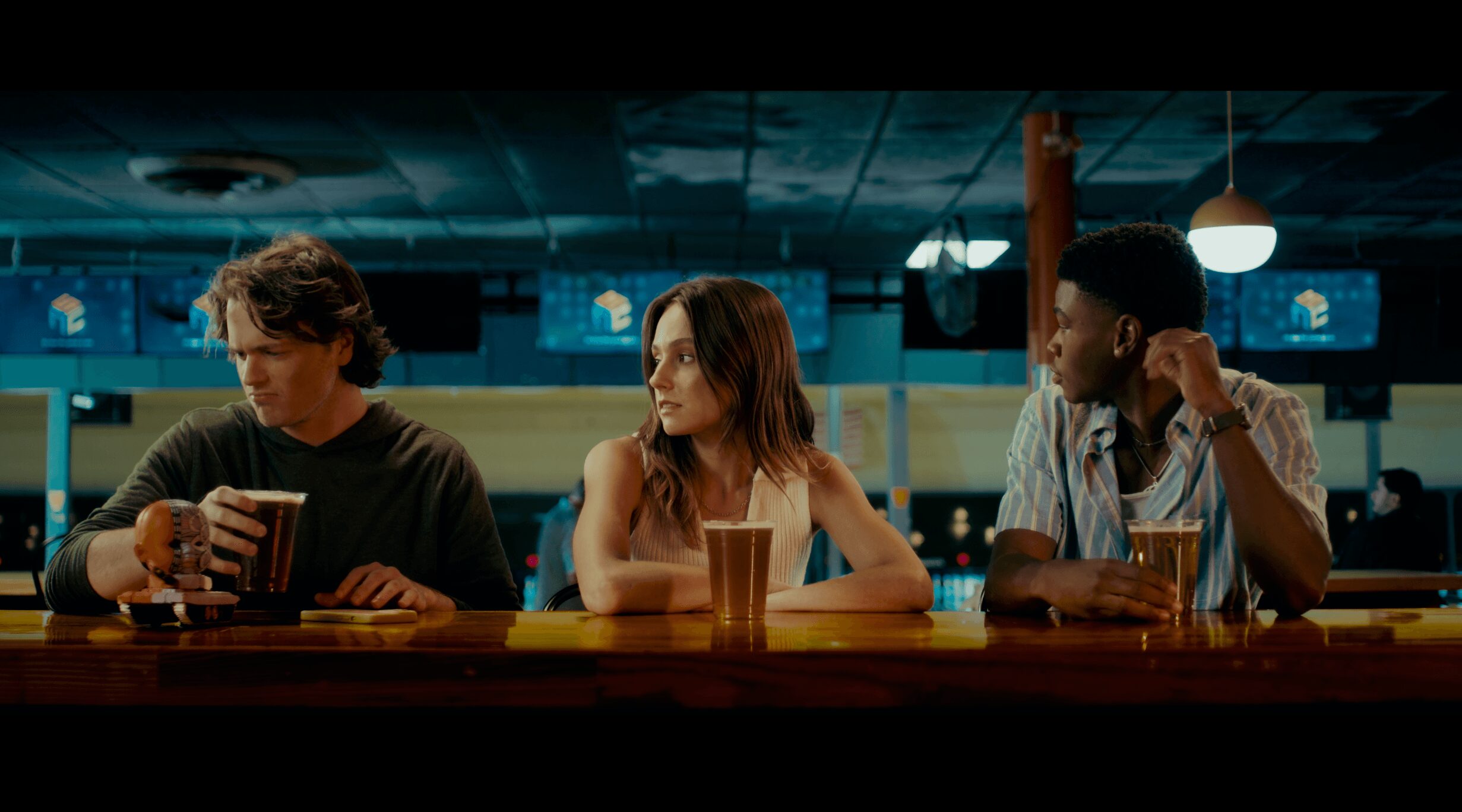
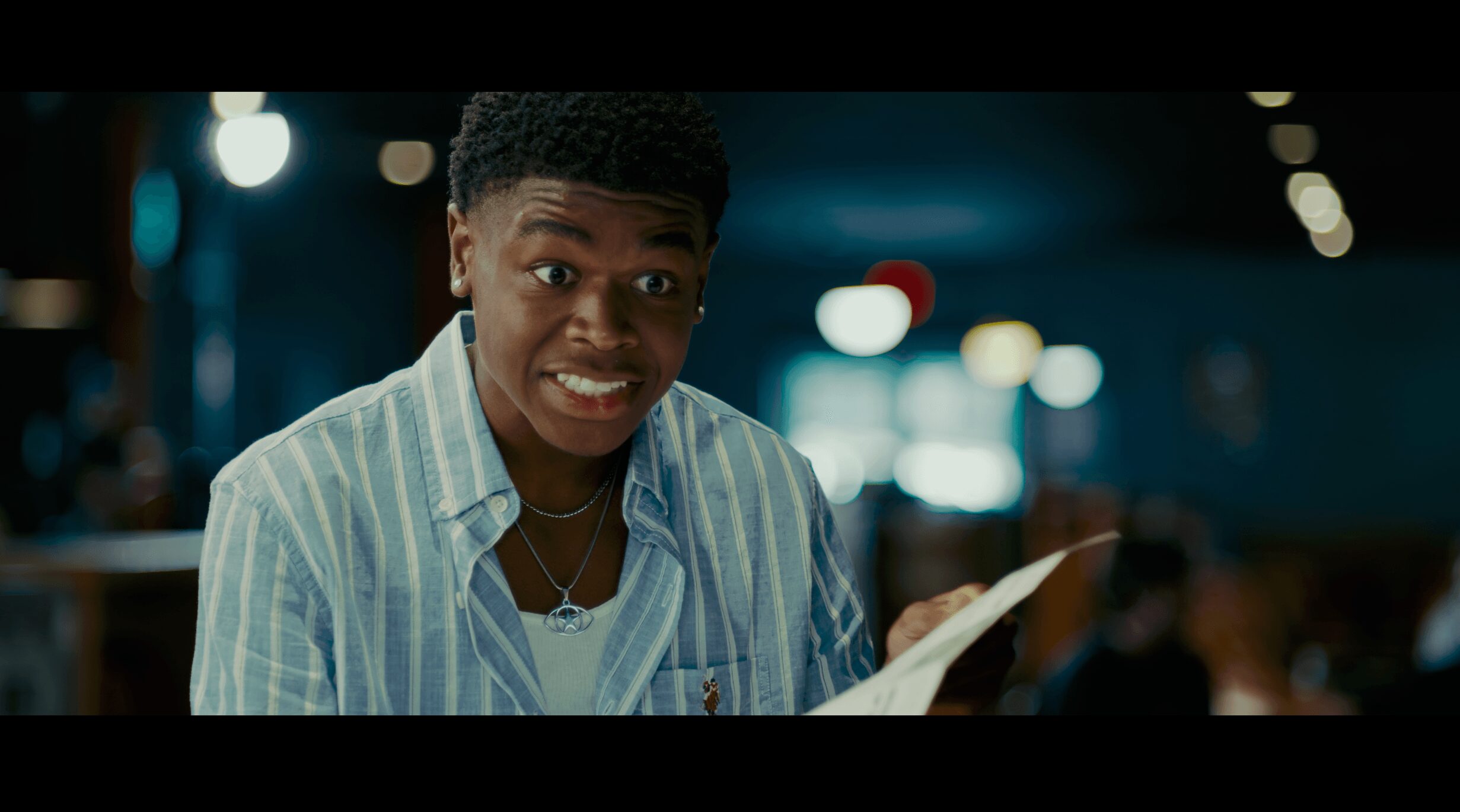
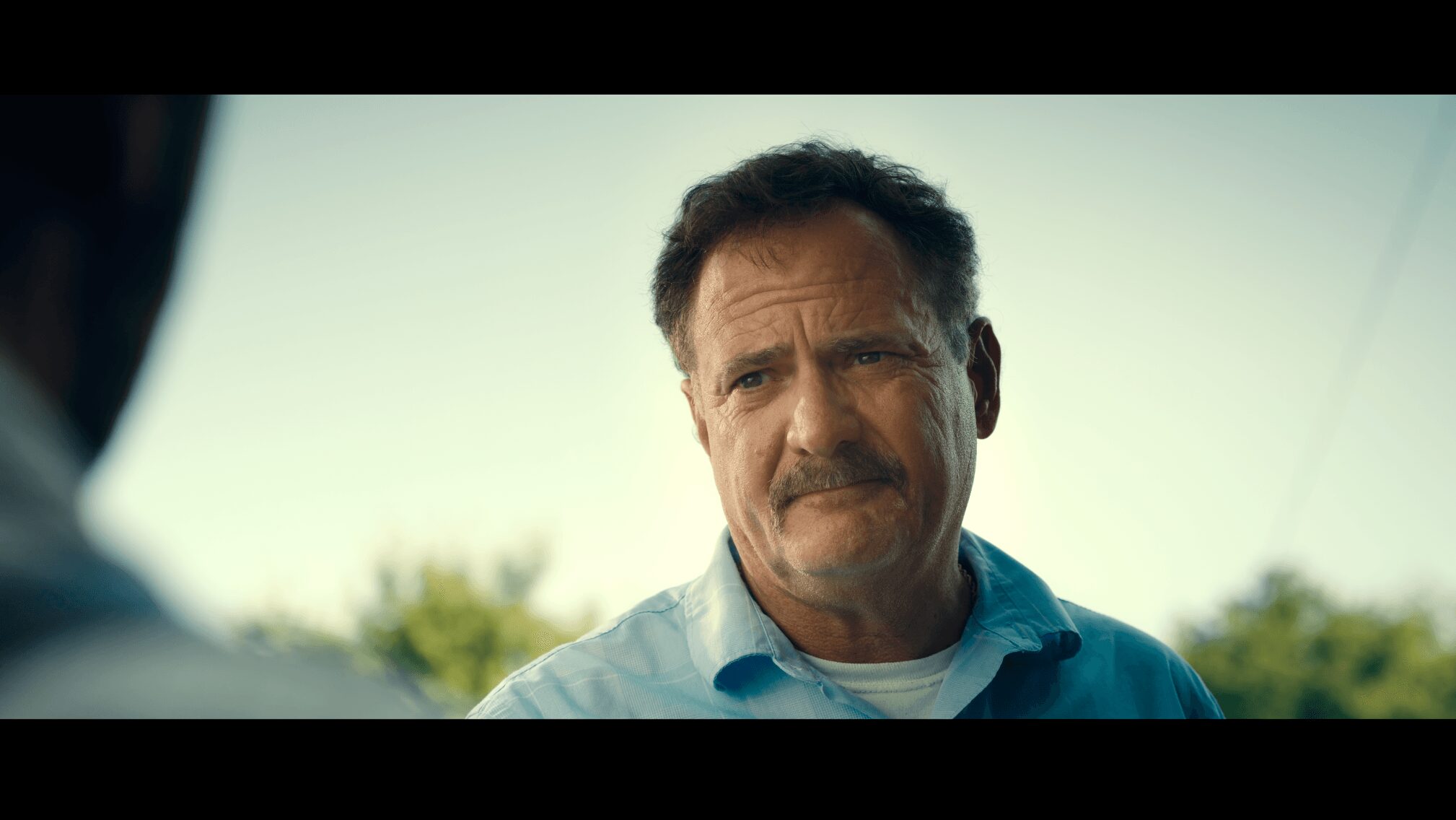
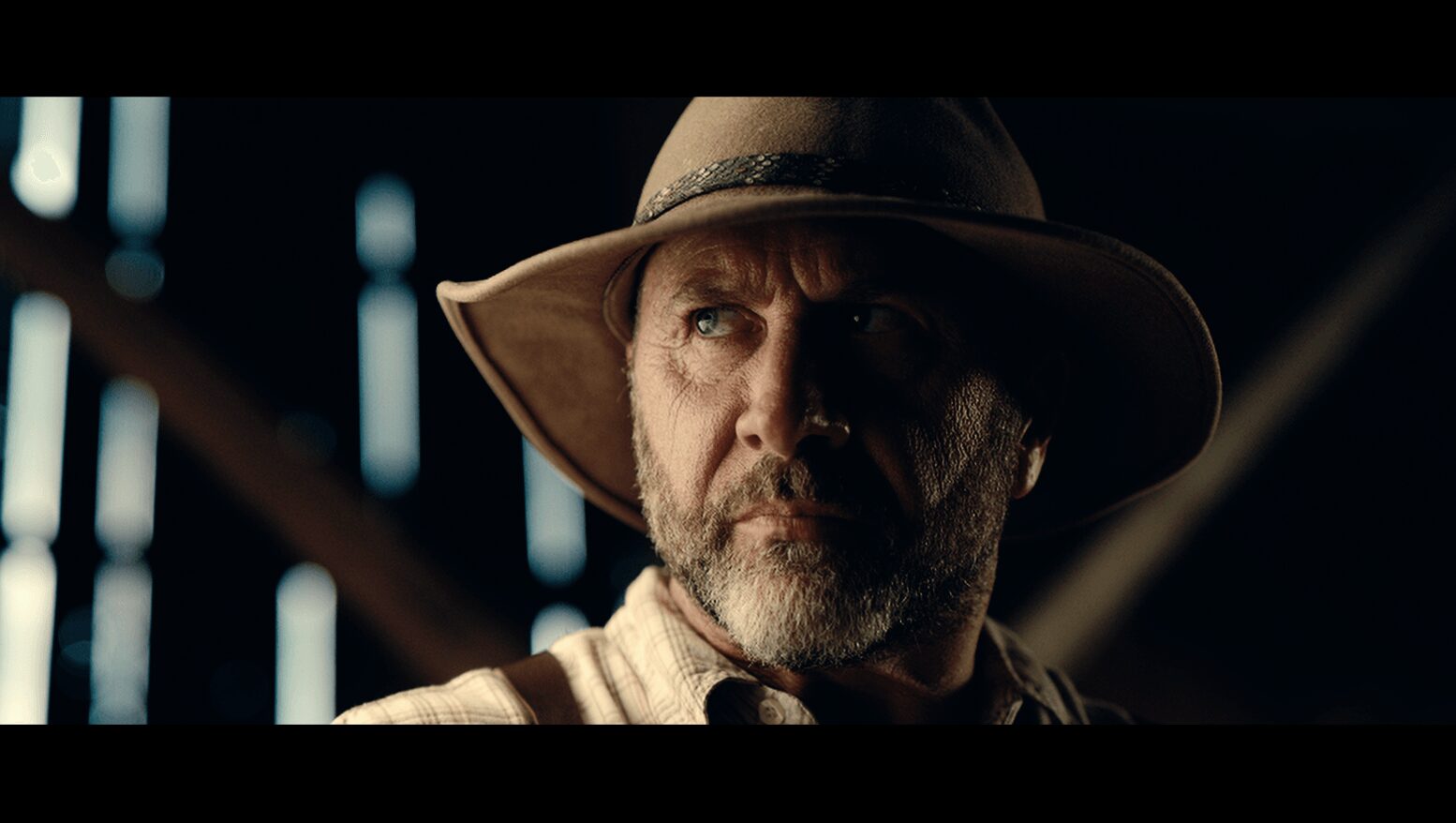
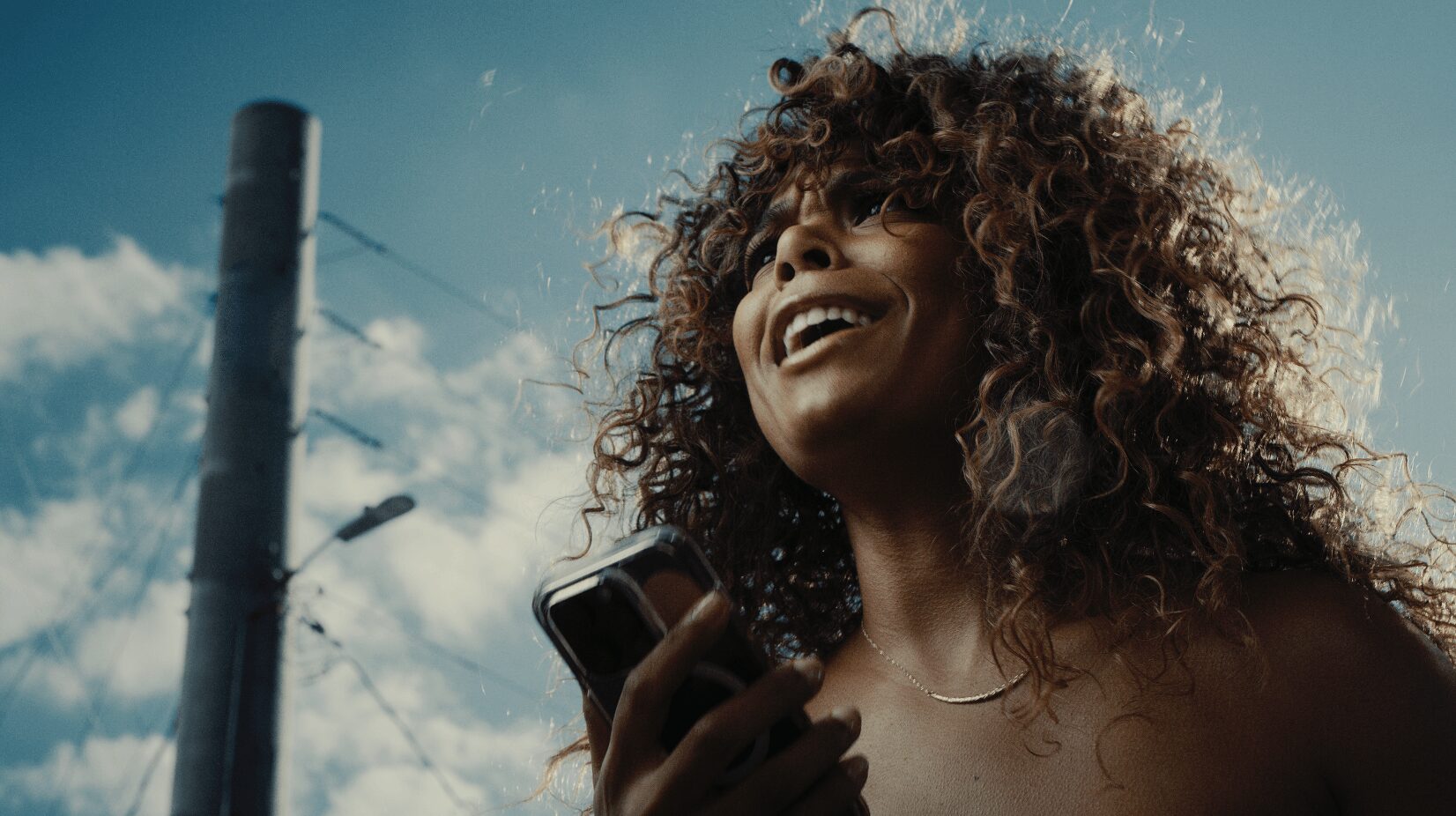
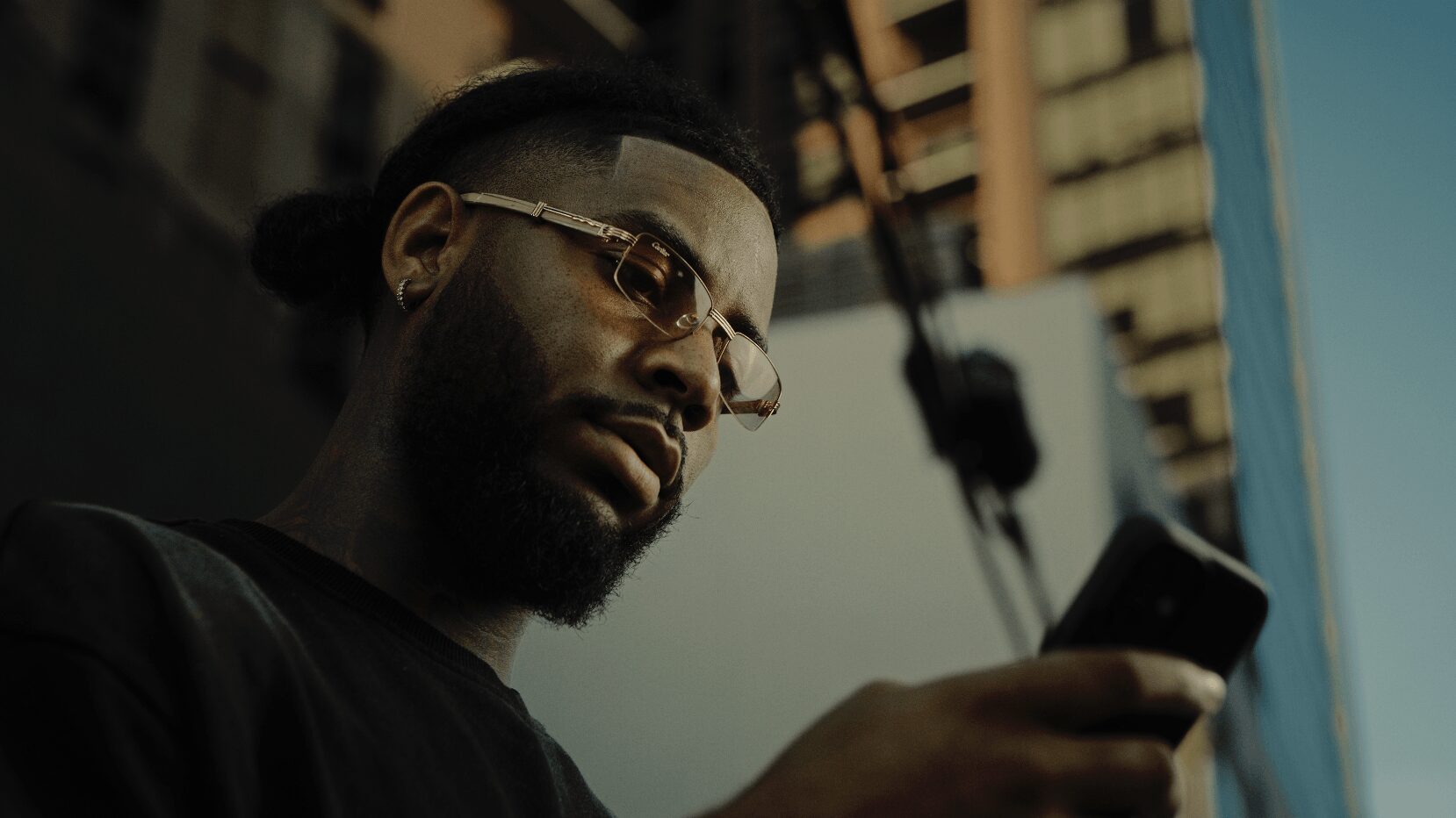
Image Credits
all images taken by me


